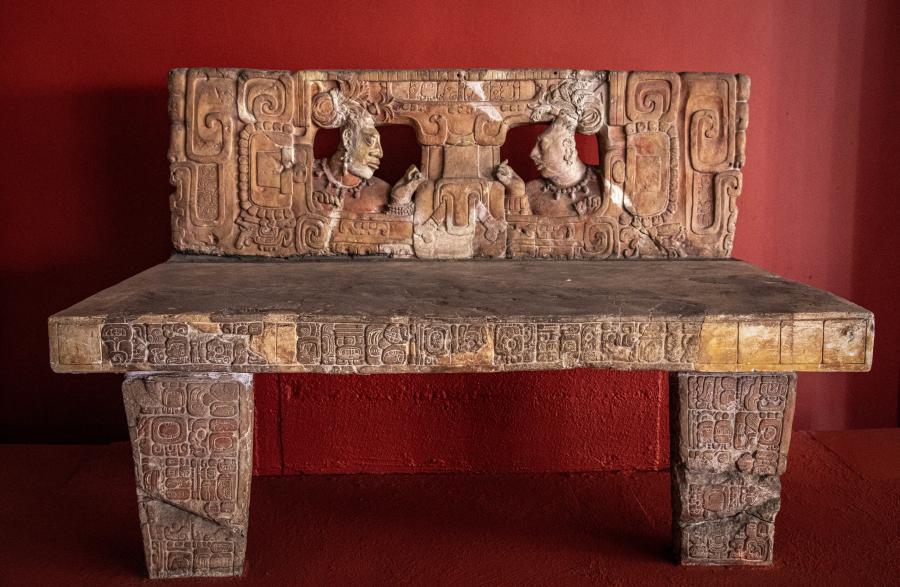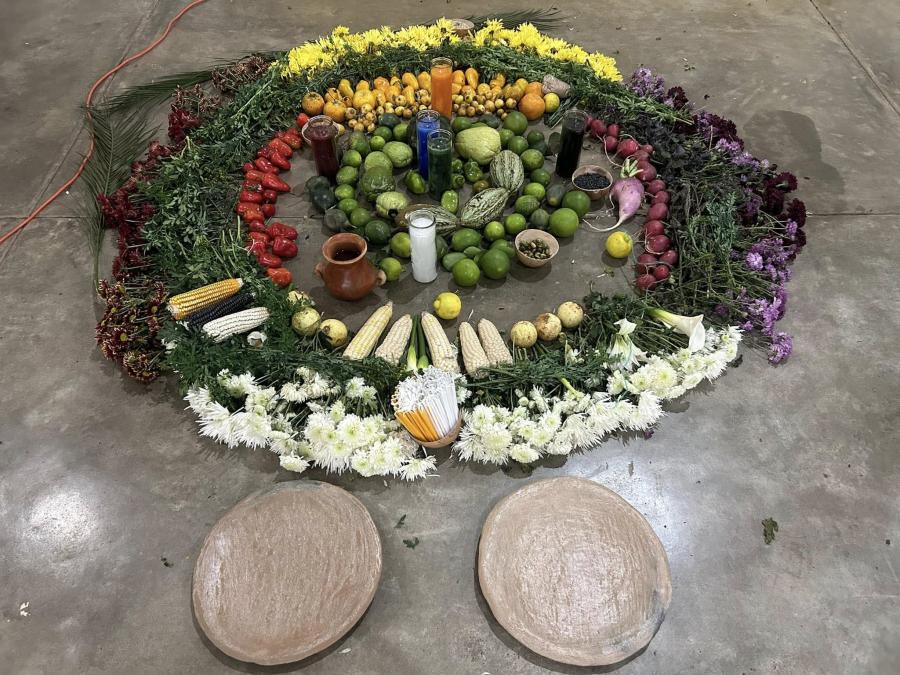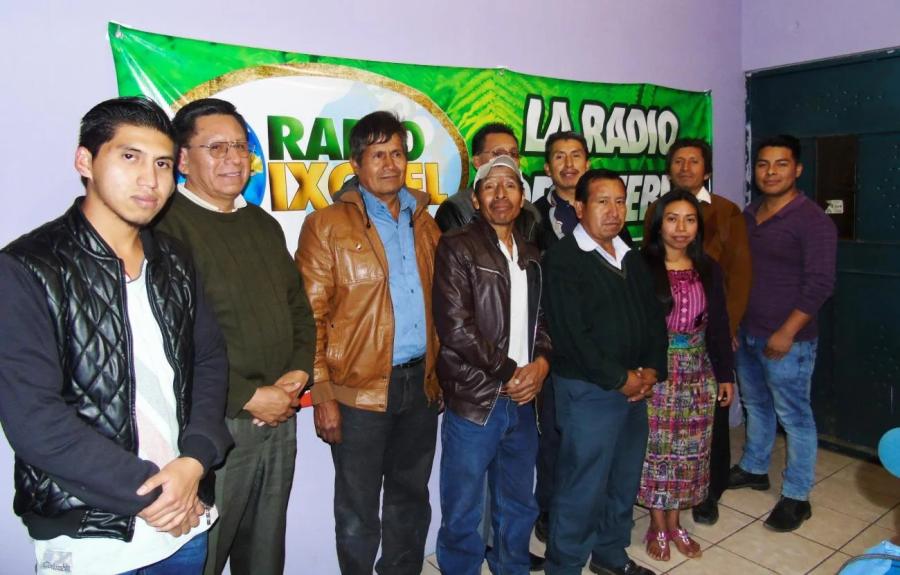The Mayan civilization is one of the cultures that expanded the studies of astronomy, architecture,mathematics, and the arts. Remnants of these studies remain enshrined in the ceremonial centers of Tikal, Palenque and Copan, among others.
Some researchers say the Maya predicted the end of the world. What many find difficult to explain is how the Maya managed to study the movement of the heavens without present-day technology. In texts, codices, and a few murals in Palenque, what has been found is not the end of the world, but the culmination of a cycle. This cycle, lasting 5,200 years, ends December 21, 2012.
This knowledge was acquired through the observation and study of the stars, moon, sun, comets, and planets. This allowed the Maya to develop their calendar upon discovery that the energy of the heavens influenced the way humankind and la Madre Tierra (Mother Earth) interacted.
In Chilam Balam, a holy book from Chumayel, it was written that the Spaniards would come to America. The Maya also envisioned some of the changes that we are currently experiencing, such as societal disorder, the lack of respect for Mother Earth, the pollution that has induced accelerated climate change, and even the instability of the global economy.
We must now realize that we are not the proprietors of the earth, but merely a part of it. Maintaining harmony with the earth is crucial for the conservation of the species. This is why the Indigenous Peoples of the world are raising their voices, demanding that industrialized countries—those responsible for most of the deterioration of our environment—stop the extraction of minerals, oil, and hydroelectricity in territories that do not belong to them. Indigenous Peoples warn that these practices do not benefit humankind, and that the continuation of these practices only encourages self-destruction.
Indigenous Peoples have long been decrying that the drive for wealth and domination is being superimposed over Indigenous communities, without foreseeing the harm it has on future generations. The 2012 cycle change the Mayans left embodied in their writings, points to a transformation in the thoughts and actions of humankind, such as the elimination of discrimination, racism, and the gap between the rich and poor. The writings encompassed positive changes like the cultivation of equal opportunities and gender equity, and the end of war between countries.
We must manage to transform the materialistic and individualistic way of thinking to a more all-inclusive, Indigenous concept. To achieve this, we must look back to our past, as the Mayan people did. We must, as they did, use the past as a reference for understanding the present, and envisioning the future.
— Cesar Gomez (Pocomam) is Content Production and Training Coordinator for Cultural Survival’s Community Radio Project.
The Mayan Calendar
The calendar is made up of cycles that correspond to phases of the sun and moon’s rotation. The smallest cycle, one month, is made up of 20 days that represent different levels of energies. Thirteen repetitions of 20 days gives the lunar year of 260 days—the length of time for the moon to travel around the sun, as well as the human gestation period.
The longest cycle that the Mayans’ contemplated is one that lasts 5,200 years, or 13 repetitions of 400 years, called Baktun. In 2012, we will be approaching the end of the current Baktun. December 21, 2012 is a mathematical calculation, based on astronomy, and physics, that indicates the end of a cycle. Spiritually, the change in cycles means a renewing of energies.



